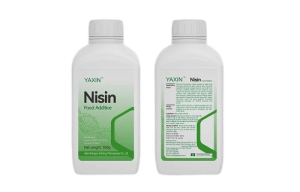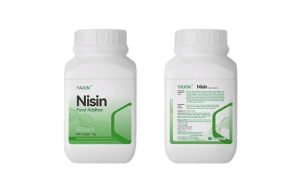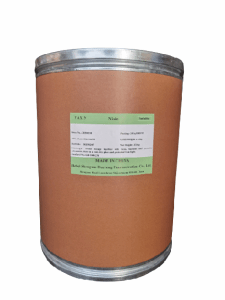
 CONTACT
CONTACT
- Linkman:Linda Yao
- Tel: +8618231198596
- Email:linda.yao@dcpharma.cn
- Linkman:CHARLES.WANG
- Department:Overseas
- Tel: 0086 0311-85537378 0086 0311-85539701
ε-Polylysine Hydrochloride Wholesale Price, Extend Food Shelf Life
TIME:2025-01-10ε-Polylysine hydrochloride is a biopreservative obtained from *Streptomyces albulus* through adsorption, elution, and purification. It can be used as a preservative in a variety of foods, including fruits, vegetables, legumes, edible fungi, rice and its products, wheat flour and its products, miscellaneous grain products, meat and meat products, seasonings, beverages, and more. This means it can play a role in extending shelf life during the production and processing of various foods.
ε-Polylysine hydrochloride exhibits broad inhibitory effects against both Gram-positive and Gram-negative bacteria, yeasts, molds, and viruses. Its antimicrobial activity is concentration-dependent, meaning that as the concentration increases, the antimicrobial effect becomes more significant. This broad antimicrobial effect helps reduce microbial contamination during food production and storage, thereby extending the shelf life of the food.
In baked goods, ε-polylysine, when combined with citric acid and dissolved in pure water, can be applied to the surface of cakes via a controlled spray method. This significantly improves the storage time of cakes at room temperature and extends their shelf life.
In the preservation of bread, a liquid preservative can be made by dissolving ε-polylysine and erythritol in pure water, which is then sprayed on the surface of fermented bread. This addresses microbial contamination issues during the cooling and packaging processes, extending both the shelf life and storage time.
In the preservation of mooncake crusts, using ε-polylysine alone at 60 ppm can significantly increase the product's shelf life, nearly doubling it compared to products without the additive.
ε-Polylysine hydrochloride can also be used in combination with other preservatives, such as lactic acid and chelating agents, to further enhance its antimicrobial effects. This helps achieve longer shelf life in a wider range of food production and processing applications.
As a biopreservative, ε-polylysine hydrochloride demonstrates significant effects in extending the shelf life of foods. Its wide application range, notable antimicrobial effects, specific examples of use, and synergy with other preservatives provide strong support for its application in the food industry.
- Tel:+8618231198596
- Whatsapp:18231198596
- Chat With Skype







